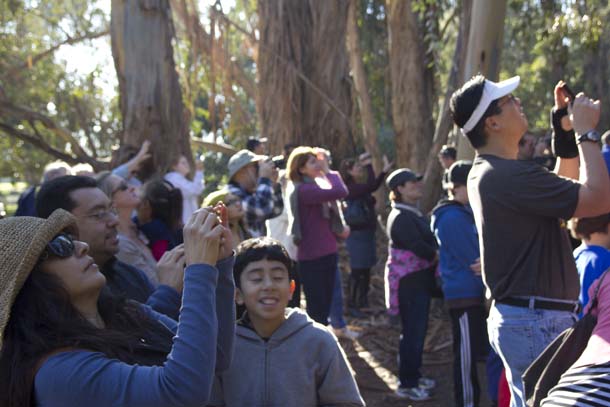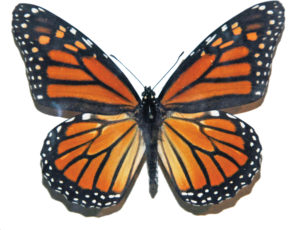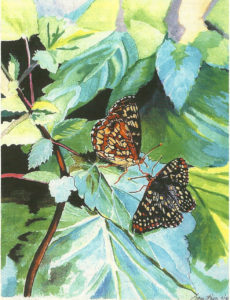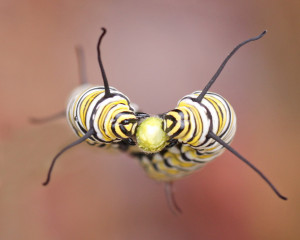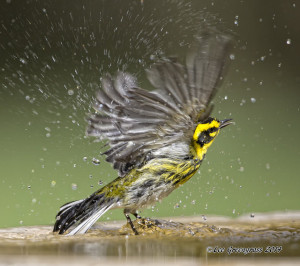Every fall they flutter in from the mountains across hundreds of miles with brilliant orange wings and a drive to procreate. Monarch butterflies may be the most celebrated, and regal of the Lepidoptera.
One of the best places to view them in the Bay Area is Ardenwood Historic Farm in Fremont, which this year is seeing record high numbers of the migratory insects. Naturalists are estimating that 4,200 butterflies are overwintering in the park this year, a bounty above the average of 300 to 400.
On a recent and sunny January day, they were flitting through the sky above a eucalyptus grove and landing in clusters high up in the treetops that looked, from a distance, like big clumps of dead leaves.
“The monarchs are active today,” said Jenna Scimeca, a naturalist aide who led a large tour group to the butterfly patch. “They’re looking for nectar and milkweed.”
No one knows why the monarchs were so prolific this year, although the best explanation is that a wet spring resulted in a lot of milkweed and flowers, their dietary staple. Caterpillars eat the milkweed, and toxins in the plants remain into adulthood, thereby protecting the nectar-eating butterflies from would-be predators.
At this time of the year, they are going through their life cycle: laying pinpoint-sized eggs on the underside of milkweed leaves, hatching into caterpillars, growing astronomically, forming a chrysalis cocoon and finally bursting forth into the world as a butterfly.
One winter will support about four generations, and the last ones flying come spring will make the migration back to their summer home in the Rockies. Monarchs are also one of the few insects capable of making trans-Atlantic crossings, and have been known to turn up in Great Britain in search of milkweed.
Among the most amazing aspects of monarchs is their rate of growth. In 15 days after
hatching from an egg, a caterpillar will eat nonstop, true to form in The Very Hungry Caterpillar. Scimeca summed up their growth spurt this way.
“It’s like a human baby eating for 15 days and growing into the size of a blue whale,” she said.
Another weird fact: in their chrysalis, a caterpillar turns to liquid during its metamorphosis to a butterfly. Think about it. Inside those cocoon-like protein casings are gooey butterflies-in- the- making.
Through a scope pointed up at the cluster in the trees, the butterflies were crawling all over each other in layers like feathers. They must be a social bunch. Naturalists first started spotting the monarchs in Ardenwood in 1986, shortly after the park opened up.
They came for the milkweed and decided to keep coming back.
It’s well worth the trip to see a butterfly overwintering site. They’ll stick around until around February.

.jpg)
